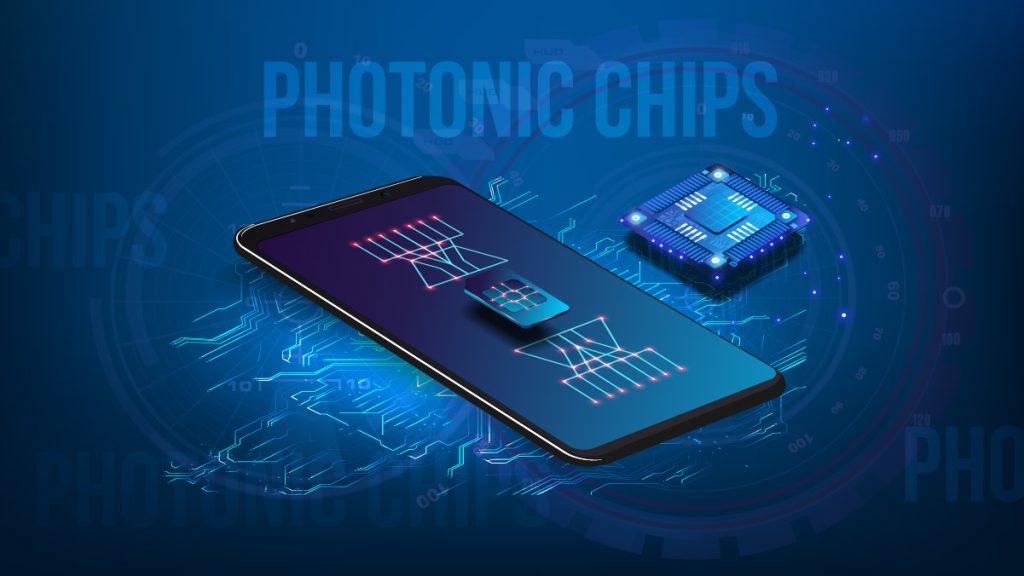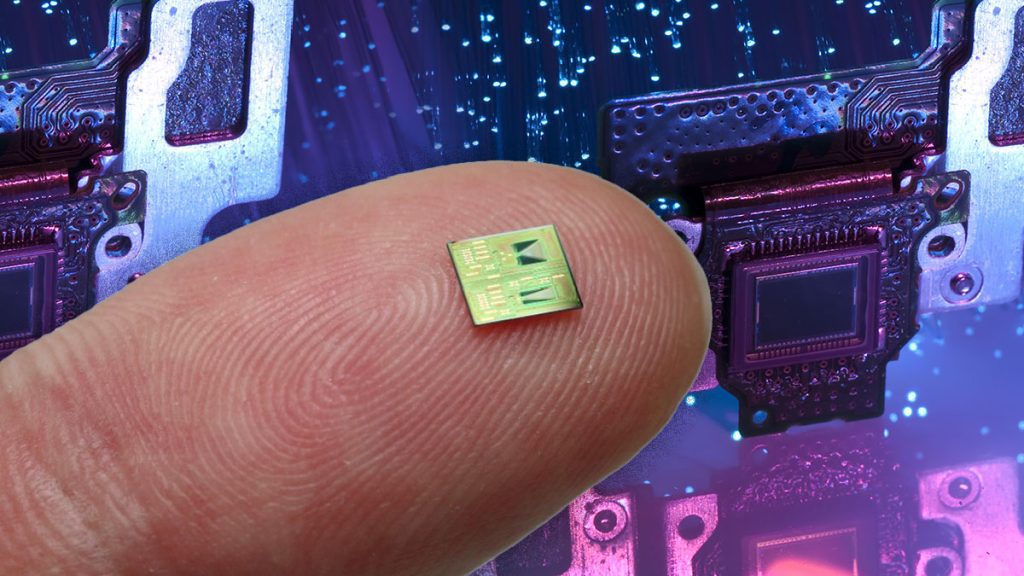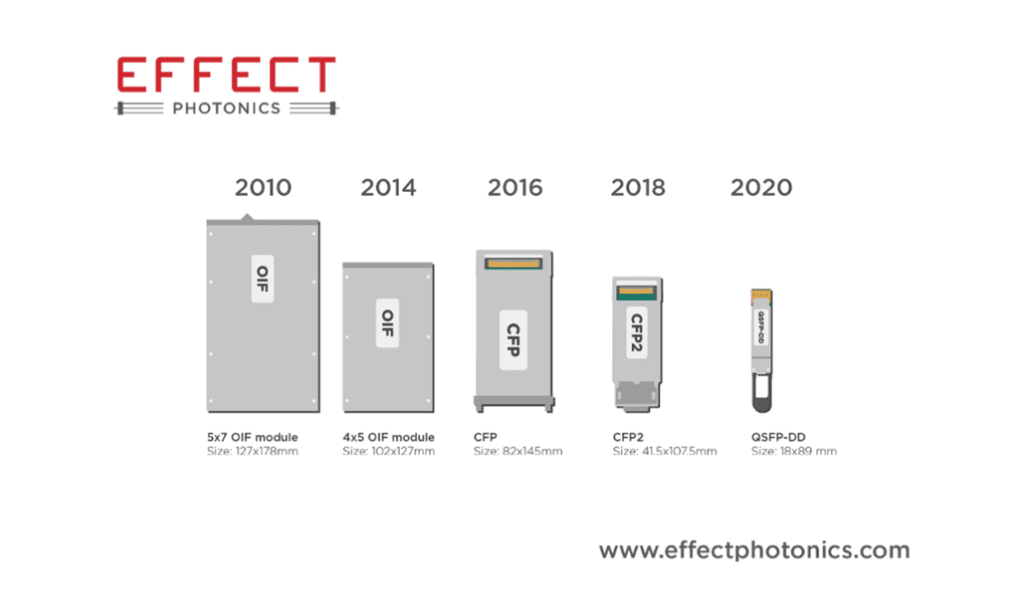
In a single Internet minute, we send over 20 million texts, 200 million emails, and watch 28,000 movies. And this enormous amount of activity looks set to grow exponentially, by about 23 percent year-on-year. This means that in 2024 we will add as much data as the whole world was using in 2018. How are we going to handle it? Will we be able to process, transport, and store that amount of extra data? Moreover, how do we mitigate the amount of energy consumption that would require? And how can photonic chips help to create a sustainable digital infrastructure?
With the demand for mobile network connectivity steadily increasing, the networks themselves must also grow accordingly, in an energy-efficient way, in order to meet demand. This rise in mobile data usage points towards reciprocal growth in base stations and cell towers for 5G. But how can we accelerate network growth and save energy at the same time? Put simply, in order to mitigate the anticipated growth in data demand, we need 10 times more energy efficiency in existing data centres and for mobile technologies, approximately 20 times more energy efficiency.
With transistor scaling trends coming to an end, the world needs new ways to solve the problem. That’s where photonic chips come in.
What Are Photonic Chips?
Photonic chips, also known as Photonic Integrated Circuits (PICs), combine two or more photonic functions into a single chip to create new, faster, and more energy efficient devices. Leveraging the power of light, PICs are highly effective at processing and transmitting data – sensing with the highest level of precision. They can also be integrated alongside traditional electronic chips.

Electronic microchip technology on its own cannot keep up with demand, and it therefore requires additional photonic functionalities. The combination of electronics and integrated photonics offers a sustainable solution to data and telecom’s challenges around energy consumption and data demand.
An Inside Telecom news piece stated that ‘chip startups using light instead of wires gaining speed and investments’.
How Do Photonic Integrated Circuits Offer New Solutions?
Over the last few years, there has been an obvious development trend for using photonics to power increased data speeds. Photonic solutions have also started to incorporate new technologies, such as dense wavelength divided multiplexing (DWDM), in order to move more data into communication lines.
EFFECT Photonics develops products for fiber-optic communication systems based on their DWDM Optical System-on-Chip technology for over 20 years.
Telecom requires a large rack of equipment in order to process vast volumes of data. By using the latest generation of technology, you can start miniaturizing – to something that fits in the palm of your hand, bringing the power consumption down from the 100 watt range to the watt range.
Taking advantage of the diminutive dimensions of recent digital signal processing (DSP) chips, it’s possible to produce smaller, lower power, and more affordable solutions. By integrating the photonic part of it, it’s possible to integrate several components into one Photonic Integrated Circuit (PIC) and one DSP.
This technology allows things like 4G transceivers – which are unsightly and large – to reduce in size, small enough to fit inside a lamppost. It can also open the door to smart antennas, multi-faceted devices that can send multiple beams to multiple places at the same time. This allows telecom companies to serve more and more customers.

There is certainly a lot more in store for integrated photonics in data and telecoms in the near future. Exponential data growth is anticipated and will require action in order to match demand with supply. To reach a project data capacity, ten times the level it is today, will require innovative solutions to data distribution and energy conservation.
What’s Next?
Without taking action on a global scale, we will run into limits in terms of data and energy consumption. Data centres are complex entities requiring the interaction of a number of different solutions, from cooling and software to processing and storage. Getting the right solutions together in the right time frame will be an interesting challenge.
Over the coming decade, it’s clear that integrated photonics will become a driving factor in data communication from cell towers to switches. It will also play an indispensable part in novel solutions within the data centre.
As an ecosystem for integrated photonics, PhotonDelta is at the centre of all these developments. They collaborate with industry, government, and investors to accelerate the introduction of sustainable digital infrastructures, with strong governmental support at both national and international levels.
PhotonDelta has recently completed a roadmap for the use of integrated photonics in the data & telecom industry. The roadmap was created together with our ecosystem partners of integrated photonics companies and institutes, as well as with other relevant stakeholders in The Netherlands and abroad, such as datacenters, equipment manufacturers, and government officials.
The roadmap provides the guidance to accelerate the present activities towards successful commercial application for a more sustainable digital infrastructure. Download the roadmap here.
Inside Telecom provides you with an extensive list of content covering all aspects of the Tech industry. Keep an eye on our Opinion section to stay informed and updated with our daily article.